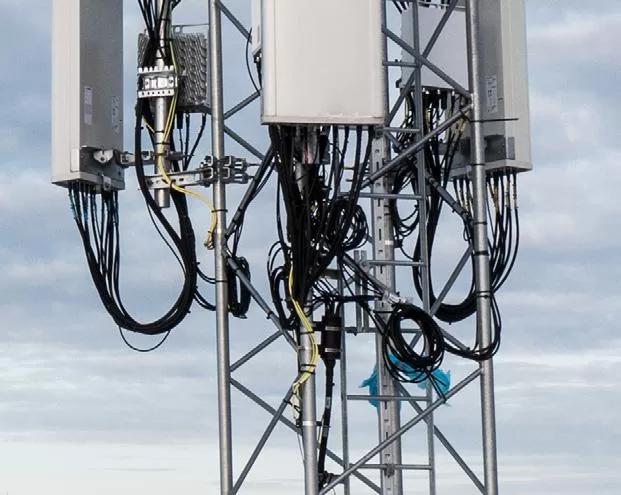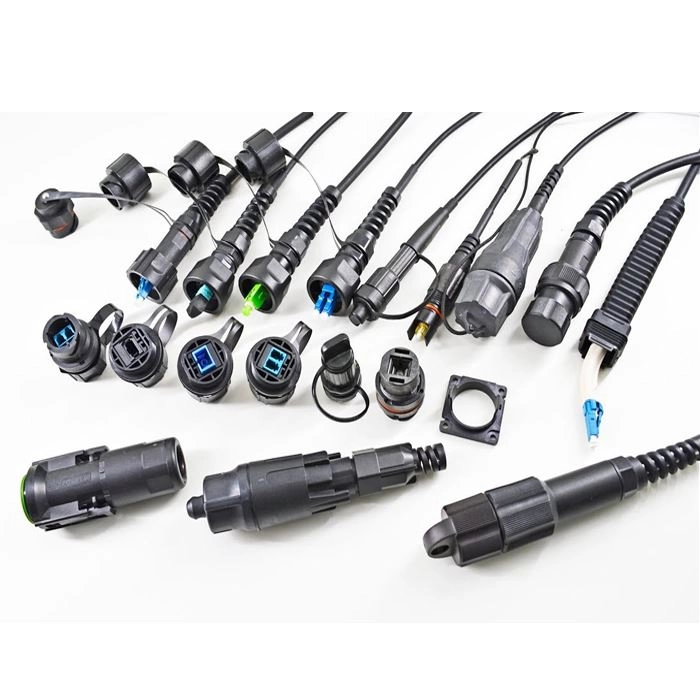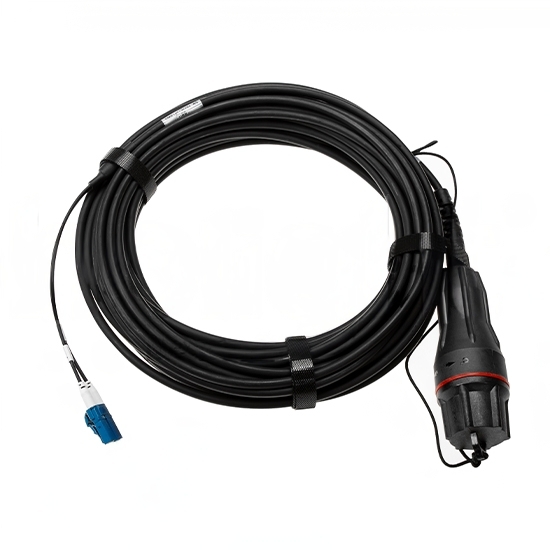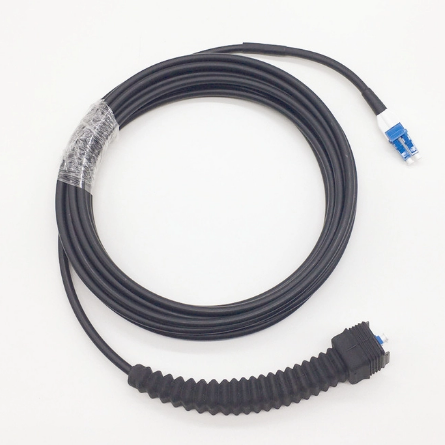
Fiber to the Antenna (FTTA) is a deployment method that extends fiber optic cable directly to antennas mounted on towers, rooftops, or other structures. This approach offers several advantages over traditional copper-based cabling, including:
- Increased bandwidth: Fiber optic cables can support significantly higher bandwidths than copper cables, enabling the transmission of data-intensive applications such as 4G, 5G, and broadband internet.
- Reduced latency: Fiber optic cables have lower latency than copper cables, which is crucial for real-time applications such as voice and video conferencing.
- Improved reliability: Fiber optic cables are less susceptible to interference and signal degradation than copper cables, resulting in a more reliable network connection.
FTTA fiber patch cables are an essential component of FTTA deployments. These cables provide the connection between the fiber optic trunk cable and the antenna. They are designed to withstand harsh outdoor environments and provide reliable signal transmission.

Types of FTTA Fiber Patch Cables

FTTA fiber patch cables are available in a variety of types, including:
- Single-mode: Single-mode fiber optic cables are designed for long-distance transmission. They are typically used for FTTA deployments that connect antennas to base stations located several kilometers away.
- Multimode: Multimode fiber optic cables are designed for shorter-distance transmission. They are typically used for FTTA deployments that connect antennas to base stations located within a few hundred meters.
- Armored: Armored fiber optic cables are protected by a layer of armor, such as Kevlar or steel, that makes them resistant to crushing, impact, and other damage. They are typically used in harsh outdoor environments.
- Non-armored: Non-armored fiber optic cables are not protected by armor. They are typically used in indoor environments or in outdoor environments where there is minimal risk of damage.
Choosing the Right FTTA Fiber Patch Cable

The type of FTTA fiber patch cable that you choose will depend on your specific application. Here are some factors to consider:
- Distance: The distance between the antenna and the base station will determine the type of fiber optic cable that you need. Single-mode fiber optic cables are required for distances greater than a few hundred meters.
- Environment: The environment in which the cable will be installed will determine whether you need an armored or non-armored cable. Armored cables are required for harsh outdoor environments.
- Connector type: The type of connector that you need will depend on the equipment that you are connecting. Common connector types for FTTA fiber patch cables include LC, SC, and ST.
FTTA Fiber Patch Cable Parameters

When choosing an FTTA fiber patch cable, it is important to consider the following parameters:
- Core type: The core type of the fiber optic cable determines the wavelength of light that can be transmitted. Single-mode fiber optic cables typically use a 9/125 µm core, while multimode fiber optic cables typically use a 50/125 µm or 62.5/125 µm core.
- Mode: The mode of the fiber optic cable determines the number of light paths that can travel through the cable. Single-mode fiber optic cables support one light path, while multimode fiber optic cables support multiple light paths.
- Connector type: The connector type of the fiber optic cable is the type of connection that is used to attach the cable to equipment. Common connector types for FTTA fiber patch cables include LC, SC, and ST.
- Cable length: The cable length is the length of the fiber optic cable.
- Jacket type: The jacket type of the fiber optic cable is the type of material that protects the cable from the environment. Common jacket types for FTTA fiber patch cables include PVC, LSZH, and FR-LSZH.
FTTA Fiber Patch Cable Comparison
Here is a table that compares the different types of FTTA fiber patch cables:
| Ciri | Single-mode | Multimode | Armored | Non-armored |
|---|---|---|---|---|
| Distance | Long-distance | Short-distance | Any | Indoor/low-risk outdoor |
| Environment | Harsh outdoor | Indoor/outdoor | Harsh outdoor | Indoor/low-risk outdoor |
| Connector type | LC, SC, ST | LC, SC, ST | LC, SC, ST | LC, SC, ST |
| Core type | 9/125 µm | 50/125 µm, 62.5/125 µm | Any | Any |
| Mode | Single-mode | Multimode | Any | Any |
| Jacket type | PVC, LSZH, FR-LSZH | PVC, LSZH, FR-LSZH | PVC, LSZH, FR-LS |
Our company – BATIV Technology offer a variety of high-quality, reliable fiber patch cables designed for any FTTA application, ensuring strong signal transmission over long distances, resisting harsh outdoor environments, and featuring the exact connector types needed to seamlessly integrate into existing telecom infrastructure, all at competitive prices. Hubungi kami for a free quote, our experienced team is ready to provide you with professional FTTA solutions.
